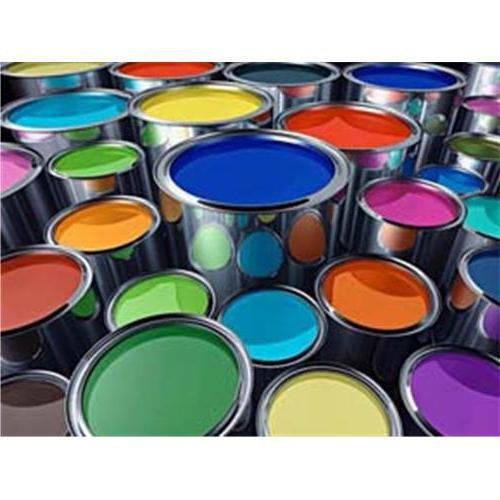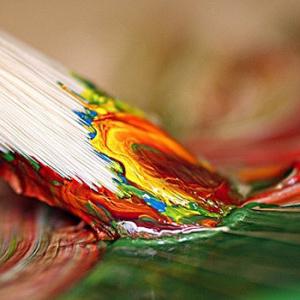Waterborne paints are considered one of the most convenient and economical building materials. Due to the fact that they do not contain organic solvents at all, they have almost no smell. Waterborne paints are completely safe from an environmental point of view. They have high adhesion to a wide range of different types of surfaces. You can apply them with a spray, roller or paint brush. They have excellent performance. Due to these properties, dispersion paint occupies a leading position among the materials used for application on the surface.

Binding particles in this material are scattered over its volume, after evaporation of moisture, they come together. They stick together when in contact, forming a film. Waterborne paints usually produce white. To get the right color or almost any shade, they are tinted using tinting dyes. Tinting can be done either manually or using special machines. The main disadvantage of the first method is the difficulty of maintaining identical proportions to obtain the same shades in the following mixes. That is why all manufacturers use tinting machines and cards (shade number, proportion).

Water-dispersion paints are divided into several types depending on the binder. The cheapest and limited used materials are based on PVA (polyvinyl acetate). They are mainly used for painting walls and ceilings indoors with low humidity. If acrylic polymers are added to them, it is possible to increase the wear resistance and water resistance of the future coating. Materials with a styrene-butadiene binder have excellent moisture resistance, but they do not tolerate ultraviolet radiation and turn yellow in the sun. For this reason, they are used inside buildings in rooms with artificial lighting.
Water-dispersed acrylic paint (where only this polymer is used as a binder) is the most universal. Most of the materials produced today belong to this category, they are most often used for painting.
Paints on this basis are perfectly tinted. However, when using them, it is necessary to take material from one manufacturer when selecting a shade, since it may not coincide due to differences in tinting systems. Acrylic based paints dry quickly. They perfectly tolerate exposure to sunlight. Such materials make it possible to obtain an elastic coating, close thin cracks, tolerate washing well and last quite a long time. There are options specially adapted for coloring "live" wood. Such paints have increased elasticity, and good vapor permeability is combined with water-repellent properties.
Regardless of the type of binder material, such paints have one weak point: they become unusable in case of freezing, therefore a positive temperature regime must be ensured during their storage.